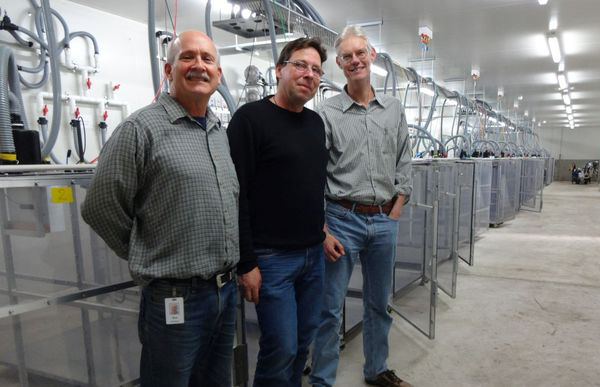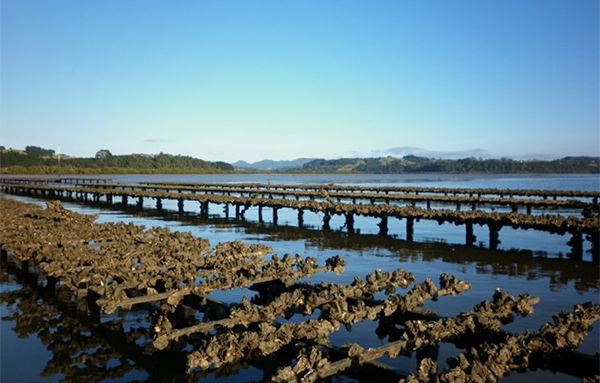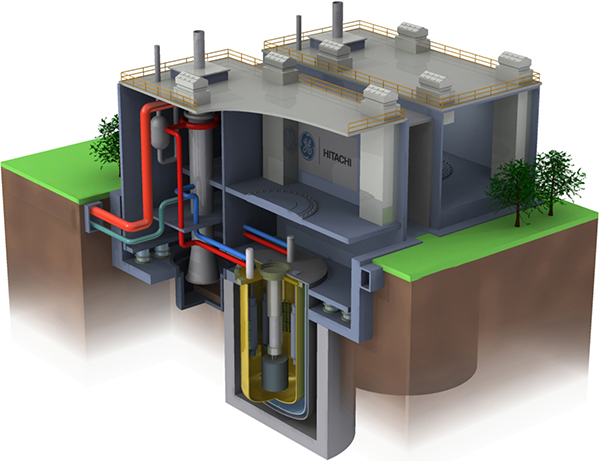Ecomodernism in action in Aotearoa: agricultural greenhouse gas slashed up to 90%

Missing Mention of Ecomodernism: The AgResearch rumen microbiology team that has identified five compounds, out of more than 100 000 screened, that in tests slashes methane emissions from sheep by 30–90%. Given that agricultural greenhouse gases make up half of New Zealand’s anthropogenic emissions—the country’s 10 million cows and 30 million sheep exist entirely for human, not their own, benefit—this work deserves to be front-paged worldwide. Pictured are Ron Ronimus, Stefan Muetzel and Peter Janssen. photographer Veronika Meduna Radio New Zealand
Since Copenhagen, Aotearoa has had one, solitary, meaningful climate action policy.
Amid the recriminations that followed the United Nations conference on climate change in Copenhagen, scant attention, much less credit, was given to the New Zealand delegates’ coup.
Five years ago this month, the Global Research Alliance for Agricultural Greenhouse Gases, forged at Copenhagen four months earlier, met for the first time in Palmerston North. In what should now be front page news, not only in Aotearoa but in the mainstream media worldwide, is that scientists at AgResearch have succeeded in demonstrating a compound that reduces methane emissions from livestock by up to 90%, in initial short-term trials.
The announcement was made on Tuesday, at this year’s gathering of the global research alliance. It would have made a perfect example for inclusion in the Ecomodernist Manifesto released exactly two weeks earlier by 18 ‘leading environmental scholars’, including ecologist Barry Brook, professor of environmental sustainability at the University of Tasmania—his Brave New Climate is much-referenced by the Mahurangi Magazine. Agriculture gets 16 mentions in the manifesto, including:

Two-Faced Phytoplankton: Not only would there be no Mahurangi oyster industry, without marine phytoplankton there would 26% more anthropogenic carbon dioxide in the atmosphere. So, on the face of it, the greater concentrations of phytoplankton occurring in the rapidly warming Arctic Ocean should be a good thing, but sadly not—the extra phytoplankton, by making the water there darker, the net effect is yet another positive, in the bad way, global-warming feedback. image Blackwattle
Professor Brook emphasises the manifesto should be considered a working document that is open to refinement, so the heroic work of the Pastoral Greenhouse Gas Research Consortium deserves to be included as an ecomodernist climate action exemplar, or published on the manifesto’s website as a case study.
The beauty of the ecomodernist approach is that it has the potential to attract a far-wider following than, for example, the Green Party of Aotearoa New Zealand, flat-lined as it is on 11% support. It is presumably entirely unconvincing, for most, to be warned of dangerous global warming only to be offered as ephemeral measures such as emissions trading schemes and photovoltaic panels. Four decades after the first oil shock, solar and wind contribute only about 3%. If the global greenhouse gas emergency is serious, and April’s record atmospheric methane levels suggest serious may be serious understatement, then today’s Liberty ships and Spitfires should be sliding down the slipways and rolling onto the airfields.
Aotearoa today is not in a position to lead the world with zero-carbon next-generation nuclear power development, much less with the long game of fusion power, the towering contribution of Ernest Rutherford’s nuclear transmutation experiments 96 years ago notwithstanding. Instead, it is strategically playing to its strengths by boldly leading the 45-member-country Global Research Alliance on Agricultural Greenhouse Gases. It is a story that deserves to have city and rural communities, Left- and Right-leaning, and young and old, and even the odd demented climate denialist, dancing in the streets. Agriculture is the source of half of New Zealand’s greenhouse gas emissions, meaning that the country can respond by doing less of it, say with more forestry and less pastoral farming, but the world is already working with often precariously small food reserves. Meantime, ruminant animals, by expending less energy in methane production are made more productive. Given that methane has a short-term (20-year) impact 80 times greater than an equal weight of carbon dioxide, every effort must be made to limit that which is burped to waste. Limiting the release of methane from the increasingly wild Arctic Ocean is likely to hideously costly, or logistically impracticable. It is a cruel irony that mankind’s hunger for energy has led to the wholesale waste of a potentially perfectly useable form of energy, methane, into in the atmosphere, to further-accelerate global warming.

Everybody Gets a Bargain: Given that the West has largely outsourced its greenhouse gas emissions, along with most of its manufacturing, to China, it should be abjectly appreciative that that country has 22 operating nuclear power reactors, 27 under construction, 60 more planned, and 82 proposed. Pictured is the GE Hitachi PRISM, one of the several next-generation nuclear reactors capable of burning the waste from the current second- and third-generation plants, and from Cold War nuclear weapons. Unsurprisingly, China is leading the IV-generation charge, with its first small modular (200MWe) high-temperature pebble-bed reactor prototype due to be completed by 2017. rendering GE Hitachi
To now do justice to the pastoral greenhouse gas researchers’ stellar success, New Zealanders should devise a suite of similarly pragmatic actions that could reinvent Aotearoa as the world leader it once was. The signal most dramatic action would be to embrace the peaceful use of nuclear technology, and boldly go from 75% to 100% zero-carbon electricity—just throw a couple of carbon-intensive last-millennium motorway projects under the trolleybus to pay for it.
In Paris as in Copenhagen, Aotearoa could again make the most meaningful, ecomodernist contribution of the more than 190 participating countries.

“the country’s 10 million cows and 30 million sheep exist entirely for human, not their own, benefit”
I read a report which concluded that the greatest driver for forest clearance in the Amazon is livestock: the forest is being cleared for ranching and for stock food. Drive through the Waikato and you will see at gate after gate notices for delivery of palm kernal. Research into reducing methane emissions from livestock condones the problem. At the same time, the seas are over-fished. It may be more useful to put our effort into creating horticultural landscapes and into understanding how to live healthily on diets with little meat and fish. Every historic culture has had a fermented food. In the pacific, it was maa/mahi made by fermenting taro or breadfruit in a pit and then baking the paste. Baked maa lasted for three to six months: it provisioned oceanic voyaging. Note that this is the origin of the use of the word maa for bread in the Pacific. Give us this day our daily fermented food. I look forward to every edition of the Mahurangi Magazine. Thank you editor.